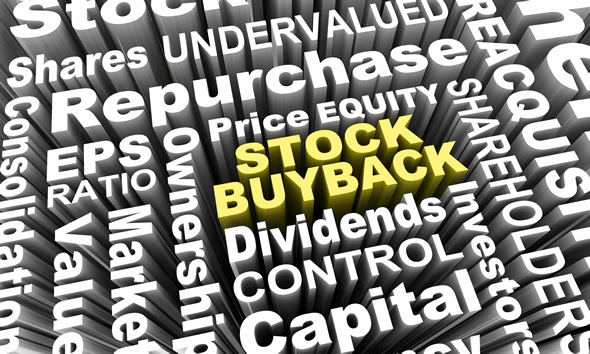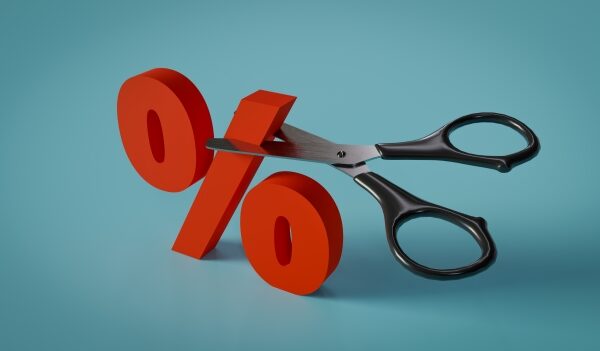
The case for spending all (or almost all) the cash allocated to buybacks right away.
Monday’s stock market sell-off provides an opportunity to revist an insight on stock buybacks from a NeuGroup meeting last spring: A risk management expert at Deutsche Bank argued that waiting for dips is not the most effective way to repurchase shares. That’s worth considering given that many companies only buy back their stock when the price dips below what they consider its intrinsic value.
Danger in waiting. Research by Deutsche Bank suggests that for almost all sectors, more shares are repurchased (at a lower price per share) if companies buy as soon as cash becomes available instead of waiting until the stock declines.
“Management is notoriously optimistic about its undervaluation,” the Deutsche Bank expert said. But given the commitment companies make to repurchase shares, they have to buy them back eventually, even the dip never comes, he said. “So the danger is waiting.”
Methodology. The back-testing research assumes that if the required dip does not occur after one year, the company starts spending incremental cash flow on share repurchases because “we assume that no more than one year of cash flow can be retained,” the banker said.
Dollar cost averaging. In simple terms, the problem with spreading out buybacks over a longer period of time is that stock prices have risen over the long term, the banker said. And while dollar cost averaging makes sense on an emotional level, “It’s best to spend the money as soon as it’s available.” The one caveat, he added, is that it’s smart for companies to have a liquidity reserve in case of severe downturns.
Buyback ups and downs. S&P Dow Jones Indices in December reported that share buybacks for S&P 500 companies reached $175.9 billion in the third quarter of 2019, 6.3% higher than Q2 2019, 13.7% lower than Q3 2018, and 21.1% lower than the $223 billion record set in Q4 2018. Numbers for Q4 2019 aren’t available but S&P says most estimates call for $189 billion.


